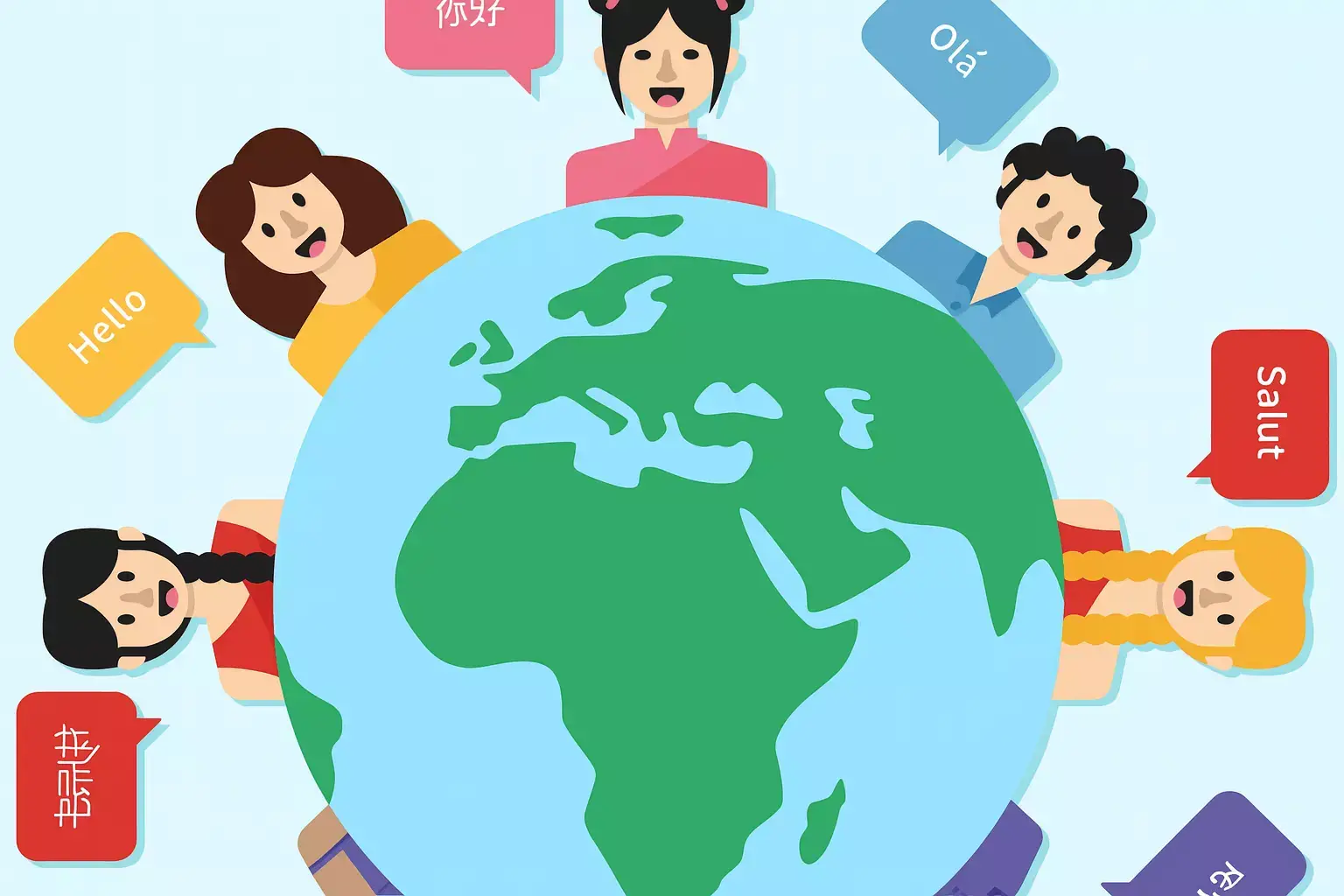In the digital-first age, customer service has matured into something far more than simply resolving problems. It has become a measurable extension of a brand’s identity, its values, and its ability to connect. Today’s customer service demands are not just faster response times or better-trained agents, they require a complete architecture capable of operating across geographies, languages, and digital interfaces. For global brands, the expectation is no longer regional support, but total customer immersion. That starts with a multilingual, omnichannel, intelligently designed support infrastructure.
Global Engagement and Digital Behavior
Modern customers are mobile, social, and digital by default. They switch from mobile apps to desktop platforms and expect fluid continuity between the two. Their questions arise in real time, and they demand answers in the same window of attention.
The nature of engagement has shifted. People no longer reach out solely after a negative experience. They reach out proactively, mid-purchase, mid-browse, or even mid-doubt. That interaction becomes a decision point. How quickly a brand can respond, and how precisely they tailor that response, determines conversion and retention.
Service channels are no longer silos. Messaging apps, web chats, support widgets, even voice assistants must operate in harmony. The presence of one without the others risks abandonment. And brands that rely solely on legacy systems are not just slow, they are invisible.
Multilingual Access as the New Default
The digital customer does not pause to consider what language your support team prefers. They arrive with expectations shaped by global norms, instant, accurate, and culturally attuned assistance in their own language. Without multilingual coverage, businesses lose more than just communication, they lose credibility.
True multilingual customer service is more than basic translation. It requires voice nuance, syntax familiarity, regional relevance, and cultural interpretation. A multilingual support specialist doesn’t just speak the language; they decode the emotional tone behind the question and respond with contextual understanding.
Whether it’s handling banking concerns from Tokyo, eCommerce returns from Berlin, or software onboarding in São Paulo, multilingualism is not a strategy, it is infrastructure. And for many companies, outsourcing becomes the most scalable, cost-effective way to implement it.
Outsourcing with Cultural Precision
Outsourcing once stood for cost-cutting. Now, it stands for capability. The best outsourcing providers are no longer call centers, they are brand extensions. They absorb your tone, train in your values, and deliver customer interactions that feel native, not external.
BPOManila, for instance, represents a new generation of providers that offer deeply integrated services. These teams don’t just handle tickets, they lead helpdesks, provide dedicated account support, run multilingual live chat environments, and adapt to new platforms in real time. Their competitive edge lies in their cultural agility and ability to scale without diluting quality.
Outsourcing allows internal teams to shift focus. Rather than managing customer frustrations, they can build loyalty campaigns, product tutorials, or deeper retention strategies. The support load becomes lighter, but the customer experience becomes deeper.
Platform Unity and Experience Flow
Digital infrastructure must be seamless. That means unifying helpdesk software, CRMs, chat systems, escalation tools, and customer records into one real-time ecosystem. Disjointed platforms lead to slow replies, lost histories, and repetitive frustrations. A fully connected support system, by contrast, enables agents to act like advisors, not just problem solvers.
A support agent with full visibility can see product usage patterns, purchase history, prior conversations, and even sentiment scores. This context fuels intelligent replies, shorter resolutions, and smarter escalation paths. From the customer’s perspective, it feels like being remembered and understood, not just answered.
When this infrastructure is combined with multilingual agents, AI-powered routing, and live analytics, the result is a service experience that feels immediate and intentional—even when delivered thousands of miles away.
Human-Centered Technology
Automated systems like chatbots, predictive response engines, and Ai-powered help tools are necessary, but they must serve human interaction, not replace it. The future of support is not machine-driven, but machine-enhanced.
A chatbot that gathers customer intent, routes to the right team, and pulls relevant account data saves minutes. A smart knowledge base that learns from past inquiries and offers suggested replies boosts accuracy. But when it’s time for empathy, when someone is frustrated, confused, or concerned, a human must step in. Not just any human, but a trained, linguistically equipped, empowered one.
Virtual assistants have emerged as a bridge between these two worlds. They guide without sounding robotic and transition gracefully into human conversations when needed. Businesses that invest in this kind of hybrid workforce position themselves as responsive, modern, and caring, traits that influence retention more than any promotion ever could.
CX as a Competitive Resource
Customer experience, or CX, is no longer the domain of luxury brands. It is a baseline requirement for all businesses, retail, SaaS, B2B, finance, healthcare, and beyond. The perception of service quality directly correlates with brand trust, public reviews, and social proof.
But CX is not static. It evolves based on new technologies, emerging customer behaviors, and even global trends. For instance, after 2020, consumers became more patient with digital channels but more demanding about transparency and follow-up. CX teams had to evolve with that.
A scalable support model must be resilient. It must be designed not just to handle peak demand or outages, but to flex with global changes. This includes building tiered escalation systems, providing after-hours coverage, and having real-time analytics on CX health.
Education, Retention, and Advocacy
Support teams are often treated as fire-fighters. But they’re also educators, retention agents, and brand advocates. Every support session is an opportunity to turn confusion into clarity, disappointment into delight, or friction into feedback.
A well-trained support team knows how to read between the lines. When a customer says “I’m just checking if it works with my account,” what they mean might be “I’m considering cancelling.” Support agents who are taught to anticipate these layers can convert a moment of doubt into a moment of renewal.
Educating customers post-sale also leads to long-term loyalty. Whether through video walkthroughs, interactive chat tools, or proactive engagement, support can become a bridge to product confidence.
Global Readiness and Operational Agility
As more businesses launch products across borders, they need operational agility, meaning the ability to turn on new language lines, add coverage in new time zones, or handle platform-specific support in weeks, not months.
Offshore service providers offer precisely this kind of agility. Through multilingual staffing, 24/7 operations, and regional familiarity, they allow brands to serve global markets without building a massive in-house footprint. With BPOManila, for example, a company could support customers in English, French, Tagalog, and Arabic, all from one central hub.
That kind of readiness ensures that your product can launch globally with confidence, without worrying about language gaps or service delays.

